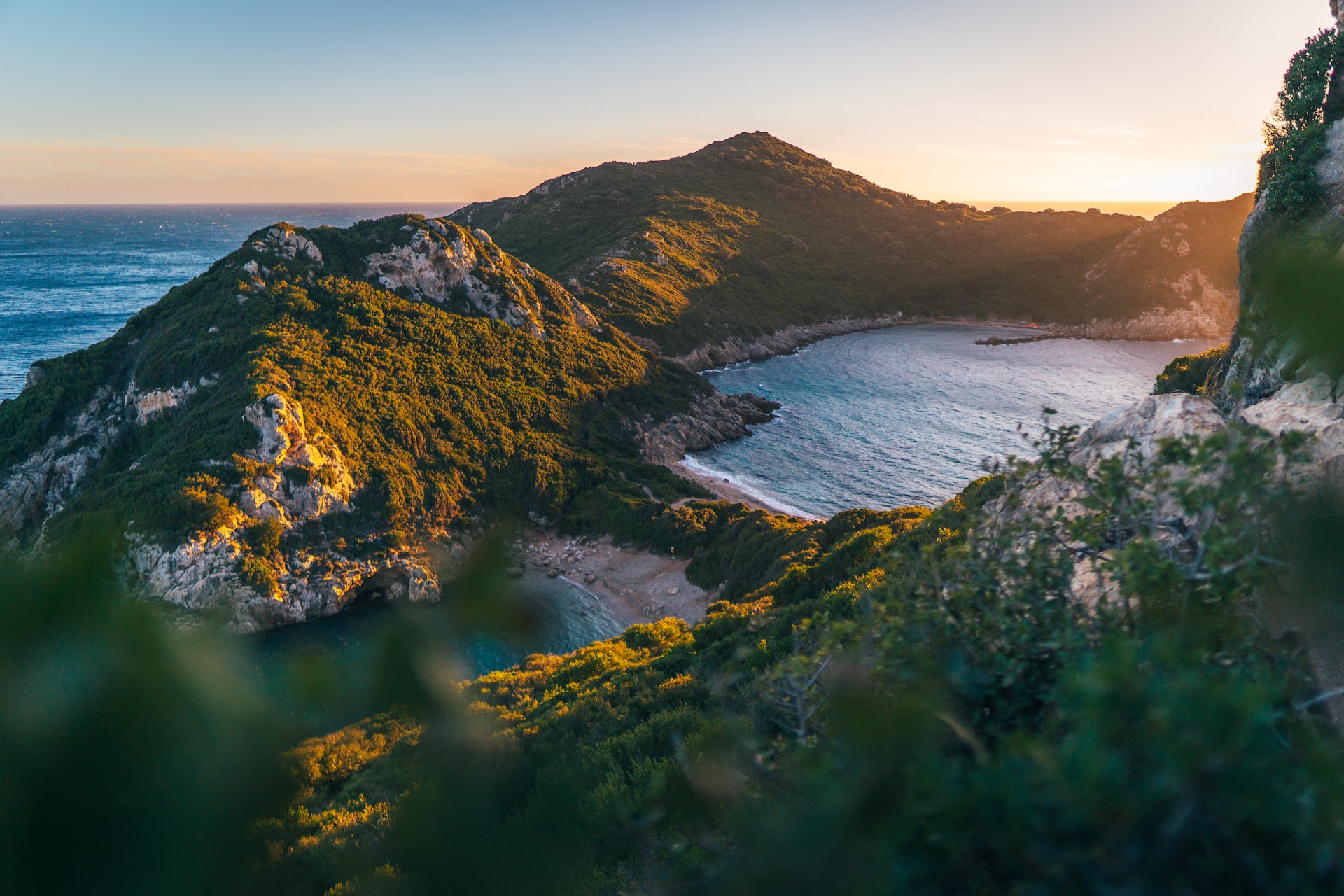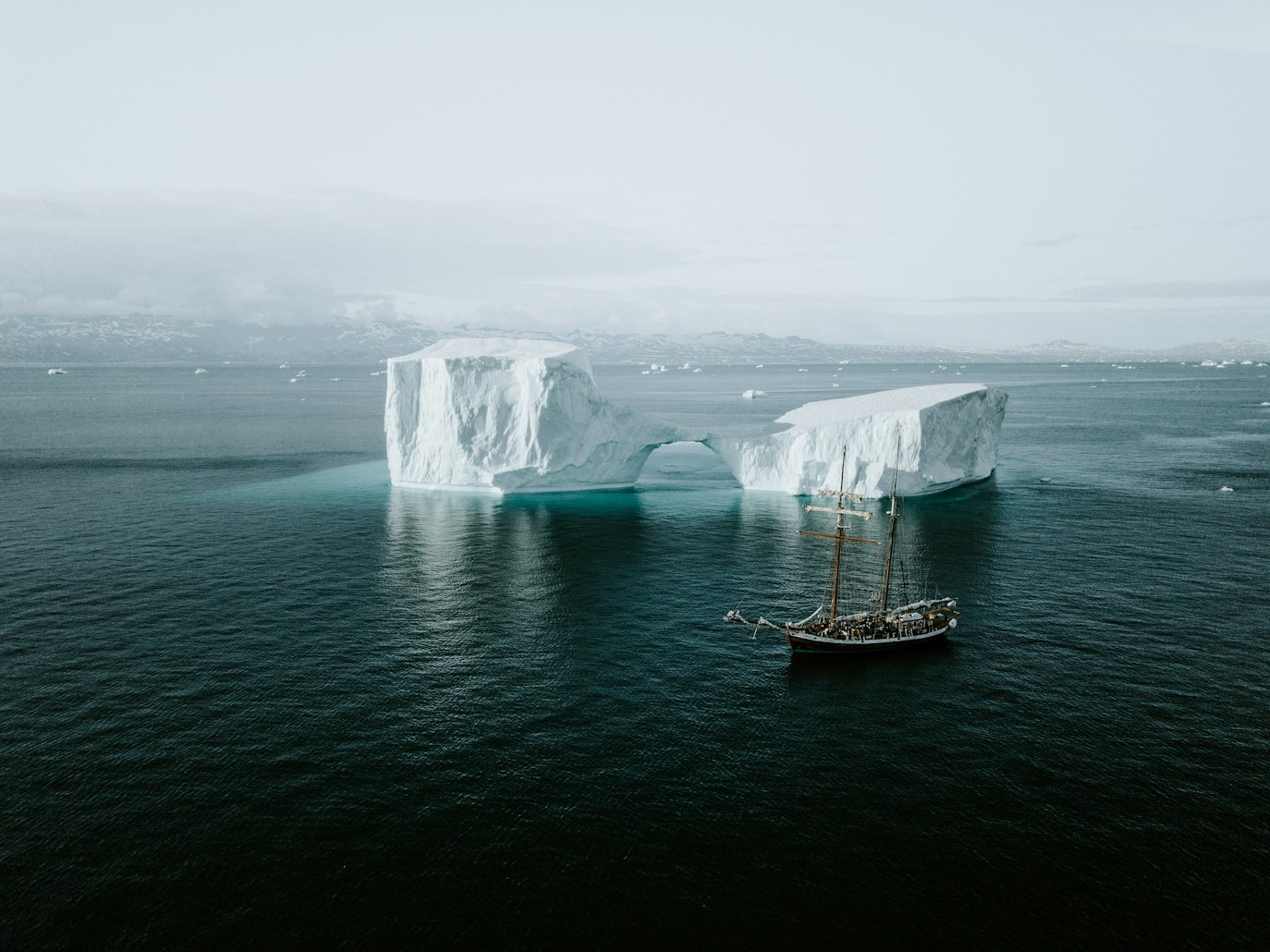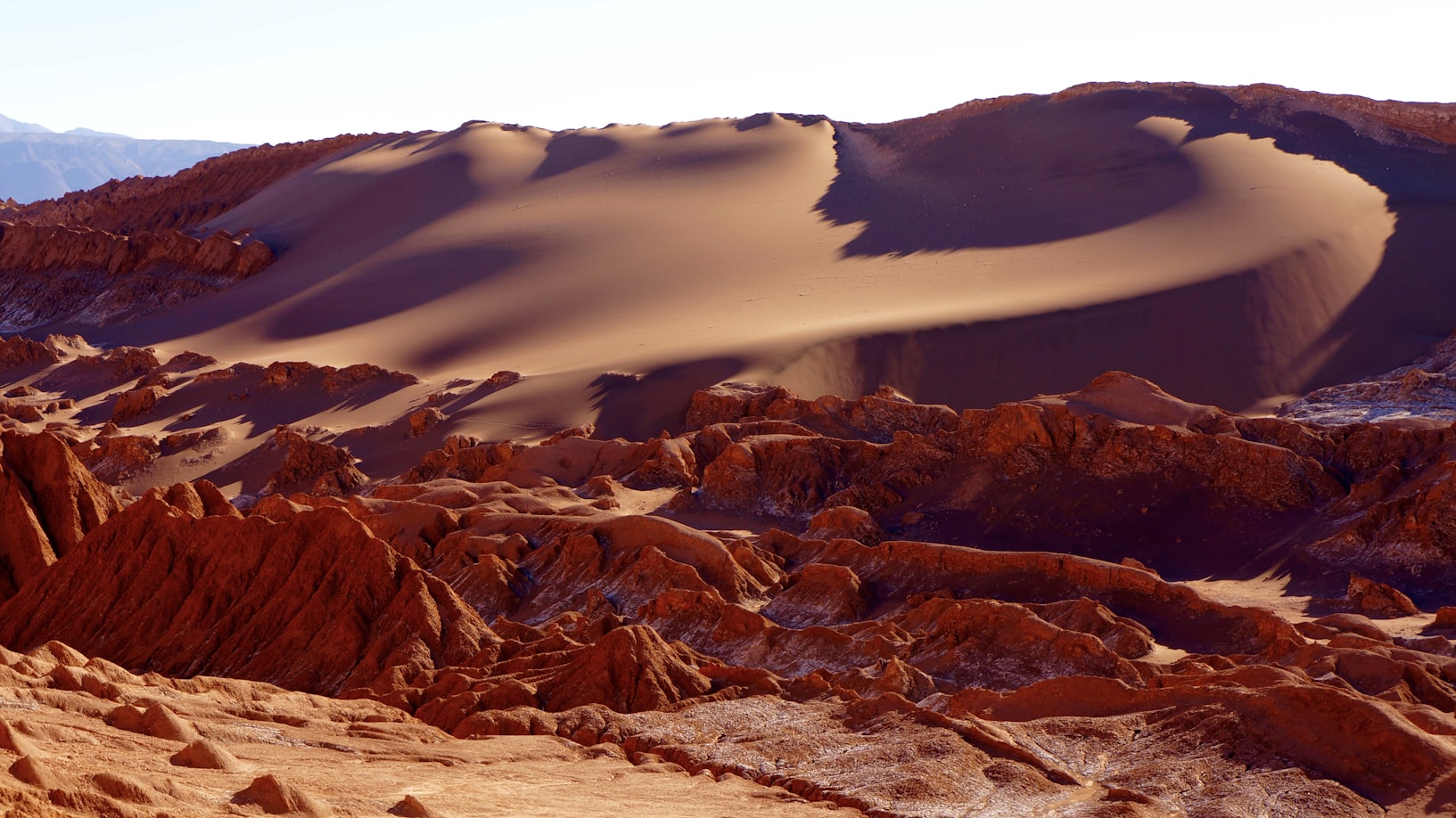Exploring The World’s Most Remote And Isolated Places: An Adventure Seeker’s Guide

For those who seek adventure and the thrill of the unknown, exploring the world’s most remote and isolated places can be an exhilarating experience. From the Arctic tundra of Siberia to the deserts of Australia, these places offer a glimpse into the untouched wilderness, rich culture and history, and the opportunity to challenge oneself.
The Arctic Tundra of Siberia, Russia
The Arctic Tundra of Siberia, Russia is one of the most remote and isolated places in the world. This vast region, covering approximately 5.1 million square miles, is characterized by its harsh and unforgiving climate, with temperatures dropping as low as -40°F in the winter. The region is home to a diverse array of wildlife, including the iconic polar bear, arctic fox, and reindeer, as well as various indigenous peoples, such as the Nenets and the Chukchi.
Exploring the Arctic Tundra of Siberia is not for the faint of heart, as the harsh conditions and lack of infrastructure make it a challenging destination. However, for those who are willing to brave the elements, the Arctic Tundra of Siberia offers an unparalleled wilderness experience.
The Atacama Desert, Chile
The Atacama Desert, located in Chile, is one of the driest places on earth, receiving an average of just one inch of rainfall per year. The desert is characterized by its otherworldly landscape, featuring towering sand dunes, salt flats, and unique rock formations. The Atacama Desert is also home to various indigenous cultures, such as the Atacameño, who have lived in the region for thousands of years.
Exploring the Atacama Desert requires a high degree of preparedness and planning, as the harsh conditions and lack of infrastructure make it a challenging destination. However, for those who are willing to take on the challenge, the Atacama Desert offers an otherworldly experience unlike any other.
The Australian Outback, Australia
The Australian Outback, also known as the “back of beyond”, is one of the most remote and isolated places in the world. This vast region, covering approximately 2.3 million square miles, is characterized by its rugged landscape, with red sand deserts, rugged mountains, and vast savannahs. The Outback is also home to a diverse array of wildlife, including kangaroos, emus, and crocodiles, as well as various indigenous peoples, such as the Anangu and the Pitjantjatjara.
Exploring the Australian Outback requires a high degree of preparedness and planning, as the harsh conditions and lack of infrastructure make it a challenging destination. However, for those who are willing to take on the challenge, the Australian Outback offers a truly unique wilderness experience.
The Amazon Rainforest, South America
The Amazon Rainforest, located in South America, is one of the most remote and isolated places in the world. This vast region, covering approximately 2.1 million square miles, is characterized by its dense jungle and abundant wildlife. The Amazon is home to a diverse array of wildlife, including jaguars, monkeys, and piranhas, as well as various indigenous peoples, such as the Yanomami and the Shuar.
Exploring the Amazon Rainforest requires a high degree of preparedness and planning, as the dense jungle, lack of infrastructure, and potential dangers from wildlife and diseases make it a challenging destination. However, for those who are willing to take on the challenge, the Amazon Rainforest offers a truly unique wilderness experience, with the opportunity to witness the diversity of life and the rich culture of its indigenous inhabitants.
And, finally, to conclude.
Exploring the world’s most remote and isolated places can be a challenging and rewarding experience. From the Arctic Tundra of Siberia to the Australian Outback, these places offer a glimpse into the untouched wilderness, rich culture, history, and the opportunity to challenge oneself.
However, it is important to note that these destinations require a high degree of preparedness and planning, as the harsh conditions and lack of infrastructure make them challenging to navigate. With proper planning and a willingness to take on the challenge, the adventure seeker can have a truly unique and unforgettable experience.








